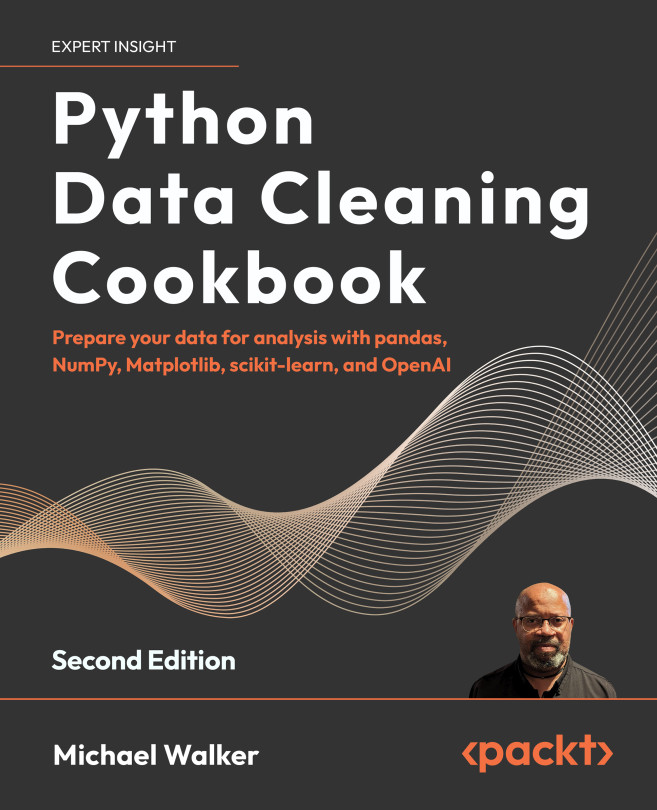What this book covers
Chapter 1 , Introducing LLMs, RAGs, and Neo4j Knowledge Graphs, introduces the core concepts of LLMs, RAG, and how Neo4j knowledge graphs enhance LLM performance by adding structure and context.
Chapter 2, Demystifying RAG, breaks down the RAG architecture, explaining how it augments LLMs with external knowledge. It covers key components such as retrievers, indexes, and generators with real-world examples.
Chapter 3, Building a Foundational Understanding of Knowledge Graph for Intelligent Applications, explains the basics of knowledge graphs and how they model real-world relationships. It highlights Neo4j’s property graph model and its role in powering intelligent, context-aware applications.
Chapter 4, Building Your Neo4j Graph with the Movies Dataset, walks through constructing a Neo4j knowledge graph using a real-world movies dataset. It covers data modeling, Cypher queries, and importing structured data for graph-based search and reasoning.
Chapter 5, Implementing Powerful Search Functionalities with Neo4j and Haystack, shows how to integrate Neo4j with Haystack to enable semantic and keyword-based search. It covers embedding generation, indexing, and retrieving relevant results using vector search.
Chapter 6, Exploring Advanced Knowledge Graph Capabilities, dives into multi-hop reasoning, context-aware search, and leveraging graph structure for deeper insights. It showcases how Neo4j enhances intelligent retrieval beyond basic keyword or vector search.
Chapter 7, Introducing the Neo4j Spring AI and LangChain4j Frameworks for Building Recommendation Systems, introduces the Spring AI and LangChain4j frameworks to build LLM applications with Neo4j.
Chapter 8, Constructing a Recommendation Graph with the H&M Personalization Dataset, follows from the data modeling approaches discussed in , to load the H&M personalization dataset into a graph to build a better recommendation system.
Chapter 9, Integrating LangChain4j and Spring AI with Neo4j, provides a step-by-step guide to building Spring AI and LangChain4j applications to augment the graph by leveraging LLM chat APIs and the GraphRAG approach. It also covers embedding generation and adding these embeddings to a graph for machine learning purposes.
Chapter 10, Creating an Intelligent Recommendation System, explains how we can leverage Graph Data Science algorithms to further enhance the knowledge graph to provide better recommendations. It also discusses vector search and why it is not enough to provide good recommendations, as well as how leveraging KNN similarity and community detection gives us better results.
Chapter 11, Choosing the Right Cloud Platform for GenAI Application, compares major cloud platforms for deploying GenAI applications, focusing on scalability, cost, and AI/ML capabilities. It guides you in selecting the best-fit environment for your use case.
Chapter 12, Deploying Your Application on Google Cloud, provides a step-by-step guide to deploying your GenAI application on Google Cloud. It covers services such as Vertex AI, Cloud Functions, and Firebase for scalable and efficient deployment.
Chapter 13, Epilogue, reflects on the journey of building intelligent applications with GenAI and Neo4j. It summarizes key takeaways and highlights future opportunities in the evolving AI ecosystem.
































































